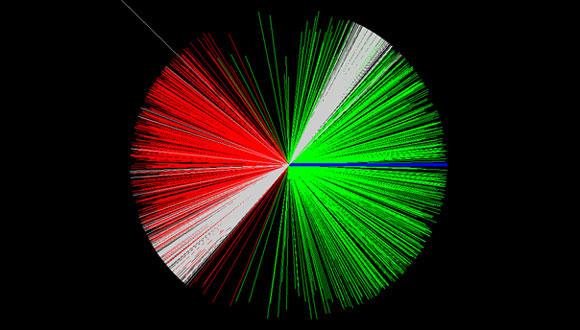Joint Seminar in Nuclear Physics
Zoom: http://cern.zoom.us/j/66338946136?pwd=WEtMWTFRd21Tb0V5YWJ6UHUyblpMdz09
PROGRAM:
14:30 - 14:50 - Introduction, Naftali Auerbach, Tel Aviv University
14:50 - 15:45 "Some Data on Nuclear Symmetries, Phases, and Mysteries", Norbert Pietralla, Technische Universität Darmstadt
Abstract: Amongst numerous contributions to nuclear science, Igal co-authored a publication in 1977 announcing the formulation of the interacting boson model with proton bosons and neutron bosons (IBM-2) which was bound for significantly impacting my scientific life. I will report on the experimental identification of multiphonon structures with mixed proton-neutron symmetry anticipated in the 1977 article. Major experimental developments for determining the decisive multipolar transition rates will be presented along with corresponding data on spherical vibrational nuclei as well as on deformed nuclear structures. New data on electromagnetic dipole transitions in deformed nuclei will be presented.
15:45 - 16:05 - COFFEE BREAK
16:05 - 16:15 - Celebrating Igal Talmi's birthday Francesco Iachello Yale University
16:15 - 17:15 - "'Intertwined quantum phase transitions in the Zr isotopes", Ami Leviatan, The Hebrew University of Jerusalem
Abstract: Recent advances in non-yrast spectroscopy has generated renewed interest in the A~100 region of neutron-rich isotopes. The present talk examines the evolution of structure in the zirconium isotopes, with mass number 92-110, where one of the most complex situations encountered in nuclei occurs. We demonstrate the role of two concurrent types of quantum phase transitions (QPTs), sharing a common critical point. The first type, involves an abrupt crossing of coexisting normal and intruder configurations. Superimposed on it, is a second type of QPT which involves a gradual but pronounced shape-phase transition within the intruder configuration, changing from weakly-deformed to prolate-deformed and finally to gamma-unstable deformed shapes. Evidence for this scenario, called intertwined QPTs, is provided by a detailed comparison with experimental data, using a definite algebraic framework encompassing a rich symmetry structure.
The results reported are based on a Ph.D. Thesis by N. Gavrielov (HU, Yale) and a BSF collaboration with F. Iachello (Yale).


